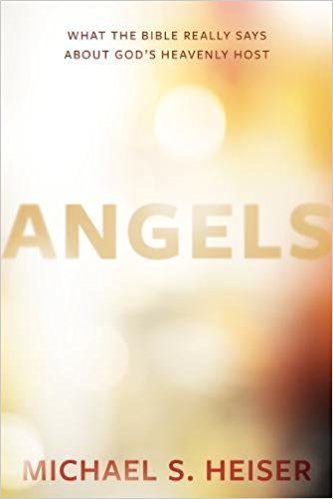Because the NT has less to say about angels than the OT and intertestamental Jewish literature, Heiser’s treatment of the subject is briefer (pp. 116-62), and if I were to have a general criticism of these two chapters, it would be that the NT resources, specifically commentaries, he refers to are in various cases dated. Still, there is much interesting and good discussion here as elsewhere in this book. One of the initial points Michael makes on p. 116 is... Read more










